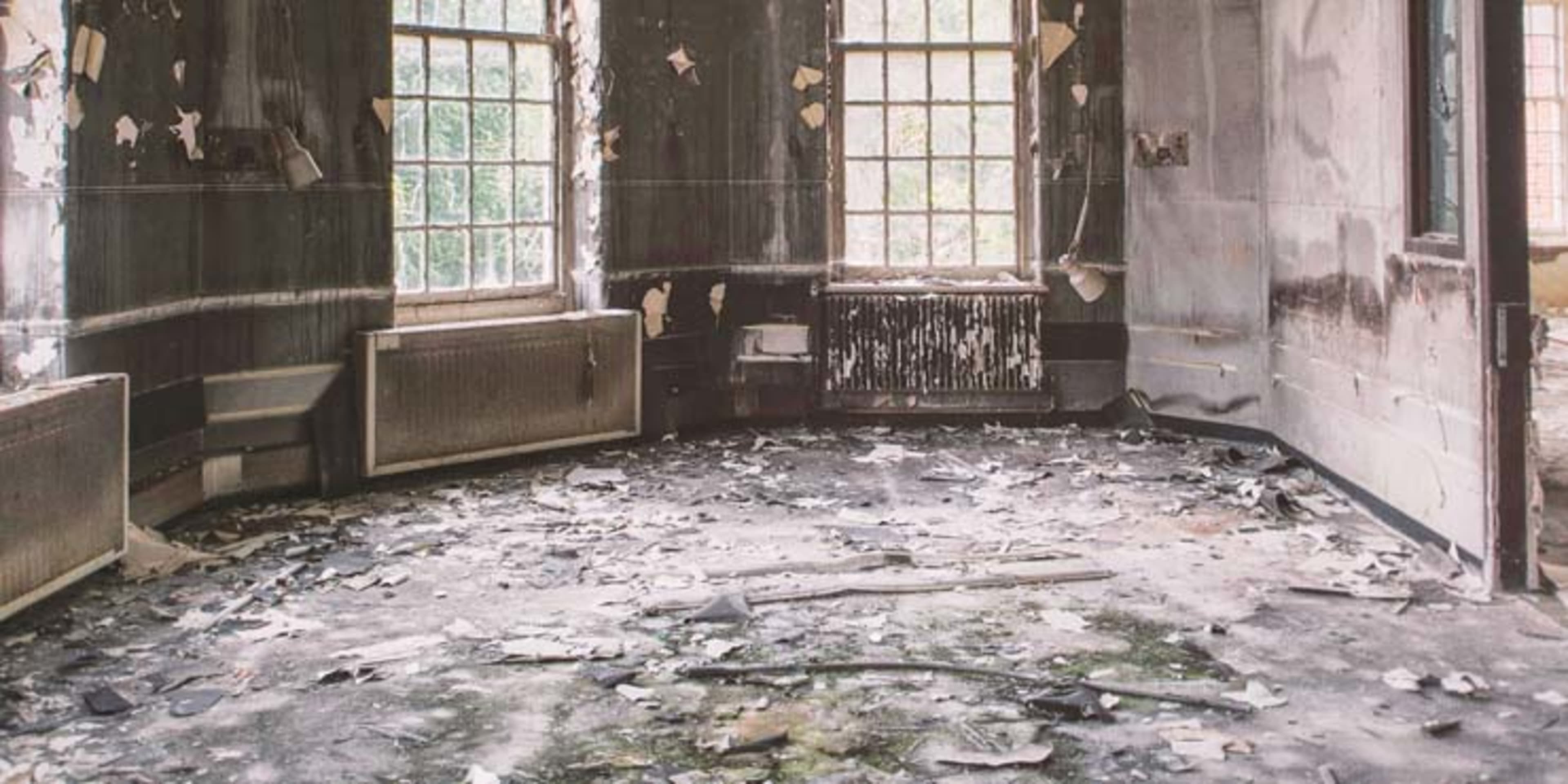

Fire Damage Restoration Service Resources
& Best Fire Damage Restoration Services
Find a Top-Ranked Fire Damage Restoration Service Near You
We did the research for you!
- Licensing
- User Reviews
- Mystery Shopping Calls
Learn about our selection process.
Top Fire Damage Restoration Services
= Featured Provider
Los Angeles, CA
Restoration Local
Los Angeles, CAExpertise.com Concierge Service
Los Angeles, CA911 Restoration of Los Angeles
7721 Densmore Ave, Van Nuys, CA 91406
Chicago, IL
Water Mold Fire Restoration of Chicago
3521 N Wilton Ave, Chicago, IL 60657Restoration Local
Chicago, ILRestore Disaster Restoration Experts
2035 N 15th Ave, Melrose Park, IL 60160
Brooklyn, NY
Restoration Local
Brooklyn, NYExpertise.com Concierge Service
Brooklyn, NY911 Restoration of Brooklyn
357 46th Street, Brooklyn, NY 11220
Queens, NY
911 Restoration of Queens
45-17 Marathon Pkwy., Little Neck, NY 11362Water Damage Removal Long Island
Long Island, NYNationwide Cleaning & Restoration Services
1129 Northern Boulevard, Manhasset, NY 11030
Houston, TX
Water Mold Fire Restoration of Houston
1919 W Sam Houston Pkwy N, Houston, TX 77043Restoration Local
Houston, TX911 Restoration of Southwest Houston
20770 Westheimer Pkwy, Katy, TX 77450
Phoenix, AZ
Restoration Local
Phoenix, AZExpertise.com Concierge Service
Phoenix, AZKowalski Construction, Inc.
2219 W. Melinda Lane, Building A, Phoenix, AZ 85027
Philadelphia, PA
Restoration Local
Philadelphia, PAExpertise.com Concierge Service
Philadelphia, PA911 Restoration of Philadelphia
5500 Wissahickon Ave # MC211, Philadelphia, PA 19144
San Antonio, TX
Restoration Local
San Antonio, TXExpertise.com Concierge Service
San Antonio, TXAR General Contracting
11830 Radium Street, San Antonio, TX 78216
Dallas, TX
Water Mold Fire Restoration of Dallas
6215 Richmond Ave, Dallas, TX 75214Restoration Local
Dallas, TXPro Response
415 S Nolen Drive, Southlake, TX 76092
San Diego, CA
Abbotts Fire and Flood San Diego
300 14th St Suite 1603, San Diego, CA 92101Restoration Local
San Diego, CAFast Affordable Restoration
10620 Treena St #230, San Diego, CA 92131
Top Fire Damage Restoration Services in other locations
- Fire Damage Restoration Services in Baltimore, MD
- Fire Damage Restoration Services in El Paso, TX
- Fire Damage Restoration Services in Boston, MA
- Fire Damage Restoration Services in Milwaukee, WI
- Fire Damage Restoration Services in Seattle, WA
- Fire Damage Restoration Services in Denver, CO
- Fire Damage Restoration Services in Nashville, TN
- Fire Damage Restoration Services in Washington DC
- Fire Damage Restoration Services in Las Vegas, NV
- Fire Damage Restoration Services in Louisville, KY
Find a Top-Ranked Fire Damage Restoration Service Near You
Frequently Asked Questions
Can a fire-damaged house be restored?
Yes, in most cases, fire-damaged homes can be fully restored. Disaster recovery companies use specialized equipment and carefully coordinated procedures to produce impressive results. Usually, the damage can be reversed with intensive cleaning, deodorizing, and home renovations. However, if there is catastrophic structural damage, the building may need to be demolished and rebuilt.
How much does it cost to fix a fire-damaged house?
The average cost of repairing structural damage depends on whether the fire was simple or complex. Homeowners typically pay between $3,500 and $5,000 to repair damage that's confined to a limited area. If major structural systems were damaged, restoration costs may exceed $50,000, and if the entire home was damaged by fire, the cost may exceed $100,000. Usually, insurance companies will pay for the damage, and homeowners are only responsible for the deductible.
How much does homeowners insurance cover for fire damage?
Homeowners’ insurance covers most types of home fire damage. According to the Insurance Information Institute, the average insurance payment for fire or lightning damage exceeds $79,000. Policies typically cover the dwelling, detached structures, and personal property up to a percentage of the policy's value. Payments may vary substantially depending on whether the homeowner has an actual cash value policy that bases payments on the items' depreciated value or coverage that reimburses them for the full cost of a replacement.
How do I file a fire damage insurance claim?
Insurance companies require policyholders to report damage as soon as possible. First, call your insurance company or notify the agent who issued the policy. Next, secure the property to prevent subsequent damage. Policyholders should be prepared to submit a copy of the fire report as well as documents that support all losses and expenses, including receipts for hotels or emergency accommodations.
Who is liable for fire damage to a rental property?
Liability issues related to structural fires are most common in residential and commercial rental properties. If a negligent tenant starts a fire by lighting a candle or leaving an appliance plugged in, for example, the landlord has a right to recover damages. That's why most renter's insurance policies include property damage coverage as well as a liability component that can be used to resolve third-party claims.
How do I restore fire-damaged furniture?
Furniture that has been damaged by smoke or fire but hasn't been significantly burned can be successfully restored in most cases. The first step is inspecting the item to determine the extent of the damage. Restoring damaged furniture typically requires a combination of heat, chemicals, and abrasives to remove soot and smoke that has coated the surface or become trapped in the pores of the wood. Leather or upholstered furniture that has sustained smoke damage can also be cleaned and deodorized. Fire damage specialists may use HEPA vacuums and ozone generators to complete the process.
How do I get rid of smoke damage after the fire?
Smoke causes visible and invisible damage, including soot and odors. While homeowners can remove light smoke damage, fire damage restoration companies have advanced equipment that can make the job easier and deliver superior results. The first step is to increase ventilation in the area. Vacuums are helpful for removing loose particles before chemical solvents are applied. Dry-cleaning sponges, rubbing alcohol, paint thinner, vinegar, trisodium phosphate, and specially formulated soot removers are all helpful for releasing embedded particles. Since these products can release toxic fumes, it's important to have adequate protective gear when using them. Additional steps, such as steam cleaning and ozone treatments, may be needed to remove residual odors.




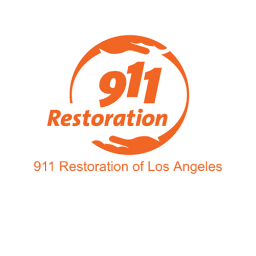

.jpg)
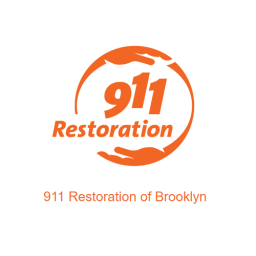
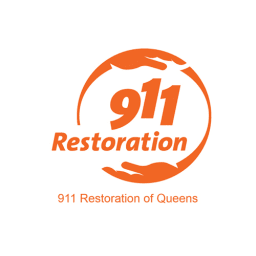
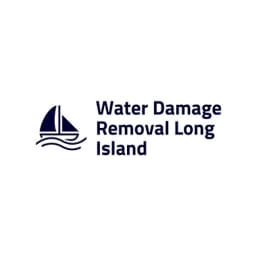





.jpg)

